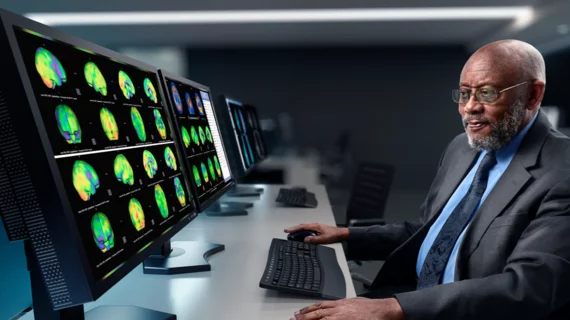Imaging advocacy group finds solution to ‘significant obstacle’ fueling shortages of PET/CT professionals
Amid growing interest in PET/CT and a shortage in the necessary professionals to perform these exams, one imaging advocacy group is touting a solution.
Demand may be growing for the modality. However, provider groups, particularly those in private practice, have faced a significant obstacle: meeting state licensing laws and regulations that preclude nuclear medicine technologists from performing the computed tomography portion of PET/CT and SPECT/CT exams.
Such rules can vary across states, with requirements “difficult to complete” for techs working a full-time schedule, according to the American Society of Nuclear Cardiology.
“When we learned that many nuclear technologists had few viable options for obtaining the training needed to perform PET/CT and SPECT/CT studies, we went looking for solutions,” ASNC President Lawrence Phillips, MD, said in a May 20 announcement.
The Fairfax, Virginia-based society said it has pinpointed an answer in concert with the Chattanooga State Community College in Tennessee. The college recently launched a new streamlined certificate program, allowing working techs to receive specialized training in CT. This will allow them to qualify to take necessary exams from the American Registry of Radiologic Technologists and other entities, along with fulfilling most state requirements, ASNC noted.
Students across the country can take three classes totaling 16 hours via the web, with the program also including a clinical practicum of at least 180 hours. With the latter, the college supports students’ assignment to a clinical site for training, along with completing competency assessments and maintaining proper documentation.
ASNC said the program can be completed in two semesters, with Saturday, June 1, the deadline to apply for the first offering this fall.
"This program addresses an important need: bridging the gap between current expertise and the new skills needed for the evolution of nuclear cardiology, ensuring our technologists are equipped to bring cutting-edge cardiac PET/CT and SPECT/CT to their communities,” Phillips said in the announcement.

